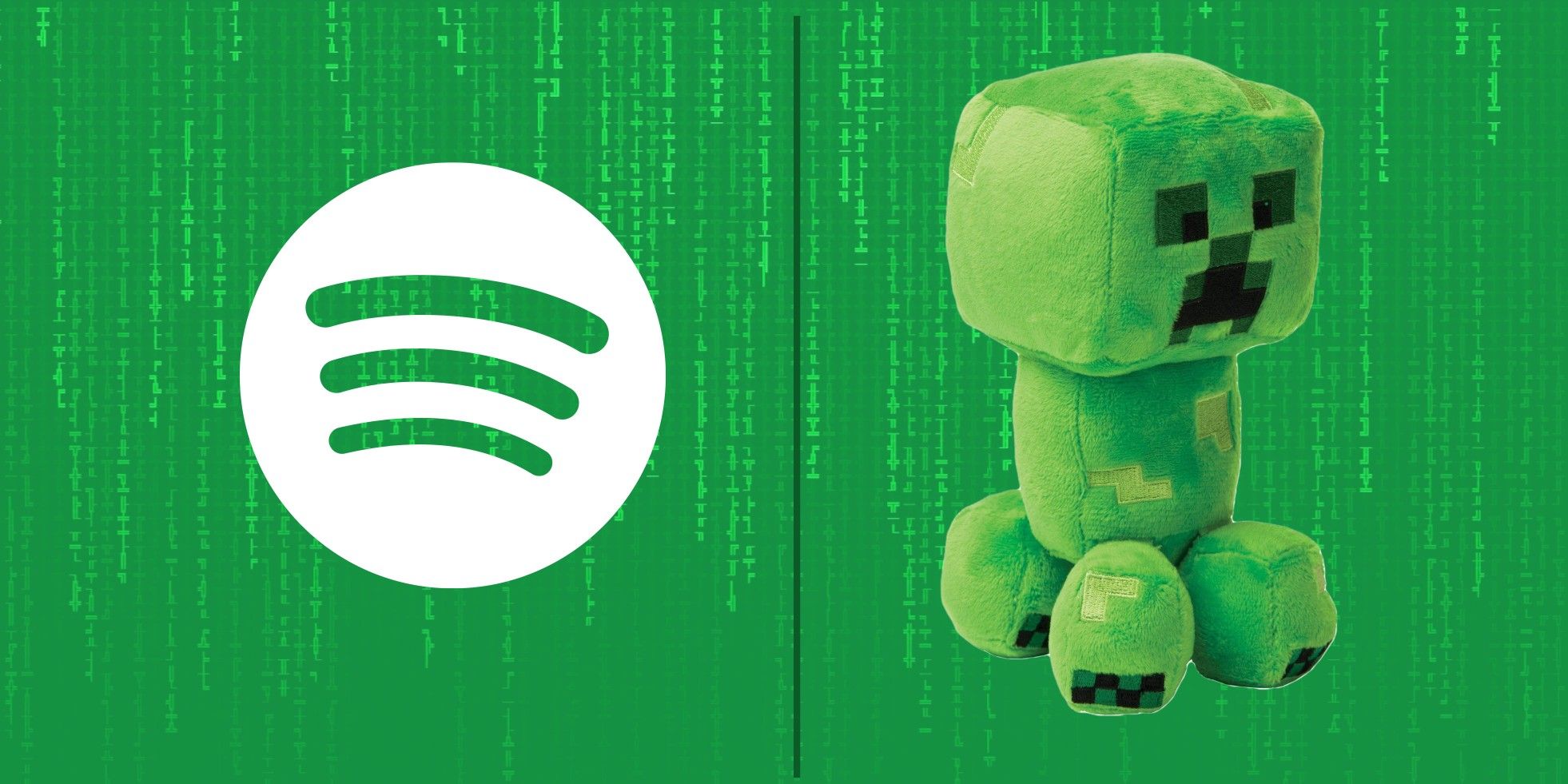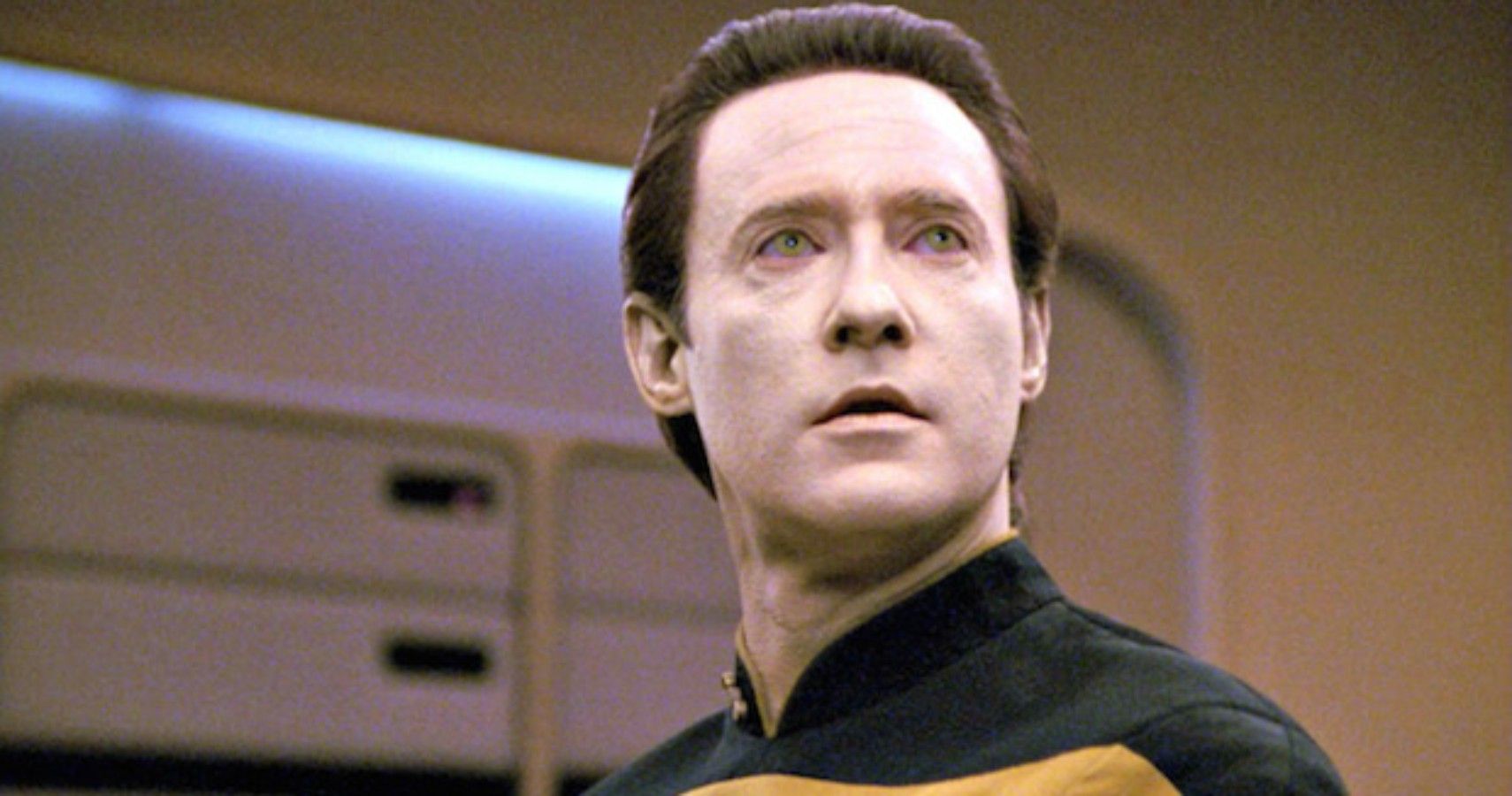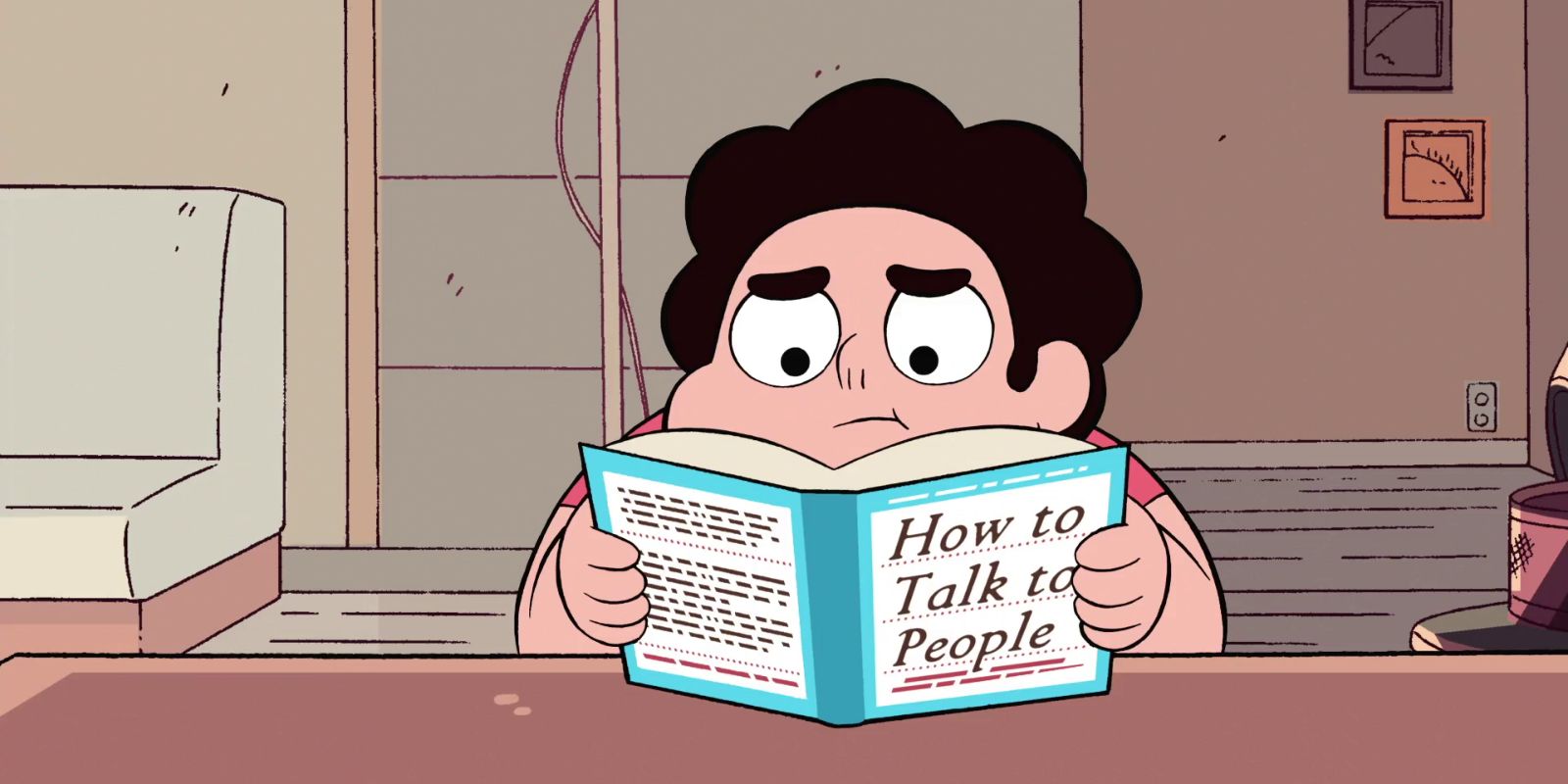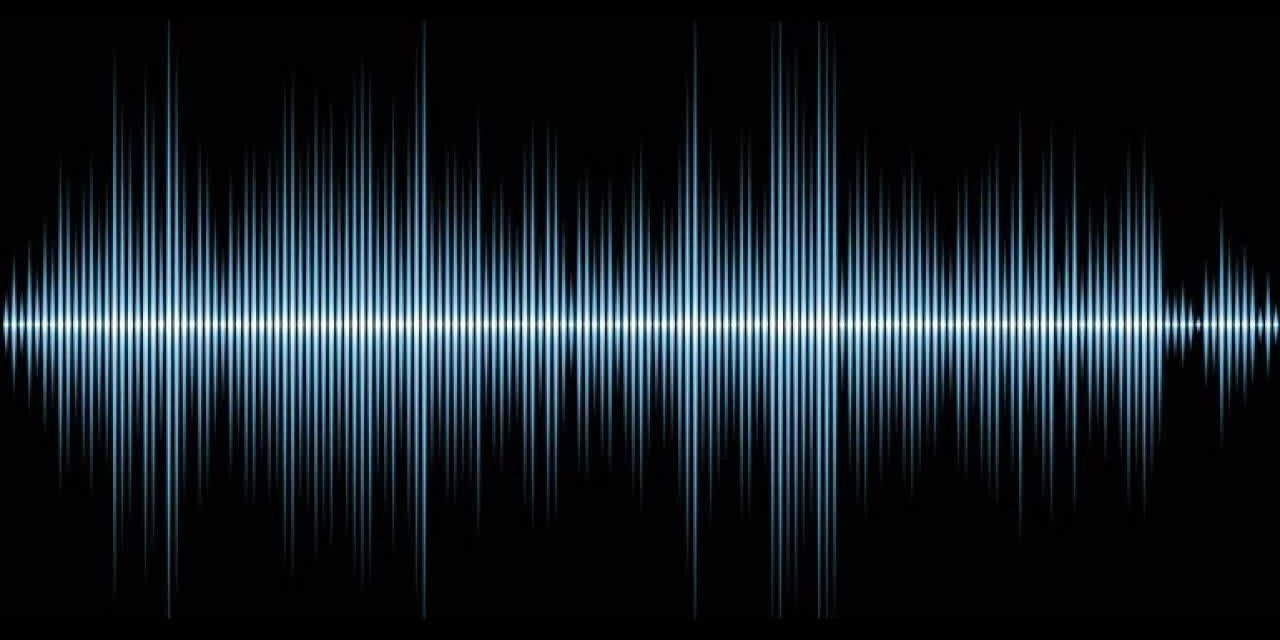Spotify has downright scary accuracy when it comes to putting music you like into daily mixes and the Discover Weekly playlist. It's a brilliant system because it generates revenue for both Spotify and its artists, while keeping users entertained. But if it wasn't so consistently good, none of that would even matter.
For over a decade now, online music platforms have been chasing this custom playlist dream. Streaming services such as Pandora and iHeartRadio have attempted versions of it to varying levels of success, but none seem to nail it quite like Spotify. On the other end, for the consumer, the idea that you can trust an app to know your tastes and expose you to new music is truly enticing. It can turn an average commute into a new experience, and do so on a daily basis.
If you haven't yet checked it out, the Spotify "Discover Weekly" playlist is a 30-song list of tracks you have never listened to on the service. It's powered by robust AI and is not specifically limited by things like genre, time period, artist, or even beats per minute. As the name implies, this playlist shows up once a week with a brand-new list of songs. The way it determines those songs is, according to Medium, both staggering in its complexity, and facepalm inducing in its obviousness.
How Spotify Uses Collaborative Filtering
Consider those five-star ratings systems that appear in online stores or on Netflix. It's easy to imagine how a service could take everything a person has ever rated "five stars" and suggest similar things to which other users have given the same rating. Spotify uses collaborative filtering in a similar way, but on a much larger scale.
Instead of focusing on user ratings, Spotify relies on the data of user actions. It tracks things like whether you've added a song to a playlist, or whether you've clicked the "More from this Artist" or "More from this Album" buttons on a song to interpret your opinions. Then it looks at what other users have done with the same song. The magic starts to happen when it compares your choices to someone else's. For example, if your actions were similar to someone else's, but that someone else has also added songs you've never heard, those songs could be future recommendations for you. Consider this process, but applied to hundreds of thousands of people... and then consider that this is only one of three steps.
How Spotify Finds Your Songs Using Natural Language Processing
Conceptually, Natural Language Processing (NLP) is fairly uncomplicated. It's an AI interpreting spoken or written human communications. Spotify's algorithm employs this tool by digging into online discussion about a song/artist/genre/album. As an example, if it often discovers people equating the word "banger" with the song "Tiny Dancer," it can do things like see which other songs you like that are associated with "banger," and then apply some collaborative filtering to further narrow that field.
How Spotify Builds Your Playlist Using Actual Sounds
The third pillar of Spotify's playlist wizardry involves building a model based on raw audio of each track. Collaborative filtering and NLP can be used to suggest songs, but the same data can also determine if two songs are similar. By modeling the audio itself, Spotify can tell if two songs are similar in their very composition. It can parse out things like timbre, pitch, or a song's loudness curve. From there, it can examine the same data points in songs to which you've responded positively, and determine if you're likely to enjoy the new track.
In essence, Spotify predicts your playlist by seeing what people like you enjoy, researching how the internet discusses songs you like, and listening to songs that are musically comparable to your favorites. Spotify might just know your musical tastes better than you do yourself.
Source: Medium




